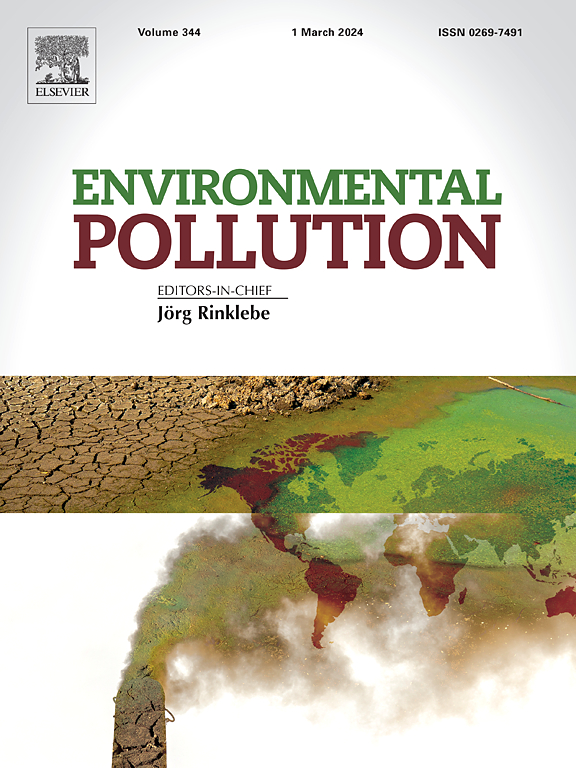Five decades after the Clean Air Act, legacy metal contaminants in Northeast U.S. surface waters document full recovery for the first time
IF 7.6
2区 环境科学与生态学
Q1 ENVIRONMENTAL SCIENCES
引用次数: 0
Abstract
Despite significant reductions in atmospheric pollutants following the Clean Air Act, few studies have documented the preceding recovery of inland waters in the northeastern United States. This study provides an updated assessment and the first documented cases of full recovery in a set of ponds sitting within the Adirondack Preserve, a region historically burdened by acid rain and atmospheric pollutants, and at the center of the Clean Air Act movement. Using sediment records from four ponds, we reconstruct a timeline of historical metal deposition, investigate the history and extent of disturbances on each watershed and lake, and demonstrate how these disturbances shaped the magnitude of deposition and their pathways to recovery. Records displayed the onset of metal contamination between 1900 and 1940 which peaked from 1960 to 1990, aligning with previous records in the region. Sites with histories of significant watershed disturbances displayed synergistic and substantial metal enrichment (e.g., Pb > 290 ppm), which are rarely observed. Although recovery has been slow, particularly for Pb, metal deposition in the ponds has declined significantly. Sites that have ceased major watershed activities have achieved a > 90 % return to baseline metal deposition in the last 5 years. This study is the first historical assessment from the Adirondack region to hypothesize the complex, synergistic factors leading to the variability in metal contamination concentrations seen throughout the region's waters. This study demonstrates the resilience of lake ecosystems, which we define as the ability to recover and regulate geochemical balance through natural watershed and internal processes, independent of direct human intervention. It also underlines challenges posed by legacy contaminants and highlights the nuances of setting realistic goals and timelines for legislative measures and recovery efforts.
求助全文
约1分钟内获得全文
求助全文
来源期刊

Environmental Pollution
环境科学-环境科学
CiteScore
16.00
自引率
6.70%
发文量
2082
审稿时长
2.9 months
期刊介绍:
Environmental Pollution is an international peer-reviewed journal that publishes high-quality research papers and review articles covering all aspects of environmental pollution and its impacts on ecosystems and human health.
Subject areas include, but are not limited to:
• Sources and occurrences of pollutants that are clearly defined and measured in environmental compartments, food and food-related items, and human bodies;
• Interlinks between contaminant exposure and biological, ecological, and human health effects, including those of climate change;
• Contaminants of emerging concerns (including but not limited to antibiotic resistant microorganisms or genes, microplastics/nanoplastics, electronic wastes, light, and noise) and/or their biological, ecological, or human health effects;
• Laboratory and field studies on the remediation/mitigation of environmental pollution via new techniques and with clear links to biological, ecological, or human health effects;
• Modeling of pollution processes, patterns, or trends that is of clear environmental and/or human health interest;
• New techniques that measure and examine environmental occurrences, transport, behavior, and effects of pollutants within the environment or the laboratory, provided that they can be clearly used to address problems within regional or global environmental compartments.
 求助内容:
求助内容: 应助结果提醒方式:
应助结果提醒方式:


